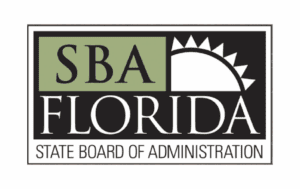How to insure for carbon monoxide poisoning

When an incident of carbon monoxide (CO) poisoning occurs in a building owned by a business or other organization, the property owner could be held liable.
In such cases, it’s important the organization has the appropriate insurance to cover claims of negligence and other lawsuits that might emerge.
Insurance considerations
The most common types of insurance that provide protection against carbon monoxide poisoning claims include comprehensive general liability policies, workers compensation policies, umbrella coverage and excess liability policies. However, an organization shouldn’t assume that just because it has insurance, a situation such as carbon monoxide is covered.
Carbon monoxide should come up in discussions with the organization’s insurance agent at the time the policy is written, and during annual reviews. When the policy is written, organizations need to be very clear on what types of situations are covered, the amount of coverage and any exclusions. They also need to know how long the coverage lasts.
While some groups might want to skip annual reviews with their insurance agent, these are incredibly important times to review changes to the organization’s needs and how the coverage might need to be expanded.
Managing your liability
Equally important to having the right insurance to cover carbon monoxide claims is preventing the claims before they happen. One of the most important ways to prevent carbon monoxide poisoning is to install a carbon monoxide detector.
Commercial buildings have more stringent carbon monoxide detector requirements than residential buildings. For example, in many states they are required to bring in qualified professionals to regularly test these detectors on a large scale.
Each type of commercial building needs to have a different type of carbon monoxide detection system. Warehouses, for example, need different types of detectors than schools or offices. Large buildings require systems that are carefully designed and well-planned—specifically when it comes to the location of the detectors.
It’s also important that organizations implement proper safety procedures so they can avoid carbon monoxide poisoning in their building. These include:
Never using generators indoors – If there is a power outage, generators should always be placed 10-15 feet away from the facility.Consider switching from gasoline-powered equipment to equipment powered by electricity, batteries or compressed air, if it can be used safely.Using kitchen vents whenever the stove is running – A large number of CO poisoning cases result from issues with a kitchen stove. Organizations should always run the exhaust fan when cooking and open a nearby window to allow fresh air to circulate.Cleaning out fireplace flues – It’s important to establish a routine of cleaning out the flue before every use to prevent it from becoming clogged. A clogged flue can trap carbon monoxide in a building.Never idling vehicles in a garage or outside for long – This is particularly important if the vehicle is near the building’s air input system, which could introduce CO into the system and put everyone in the building in danger.Never using gas-powered tools indoors or in confined spaces – This could result in that space becoming permeated with CO, putting the user in extreme danger.
The two major components of protecting against carbon monoxide poisoning—taking the above safety precautions and making sure an organization has the right amount of insurance—go hand in hand. If you can strike a good balance between the two, you are protecting both yourself and the people who use your building.



